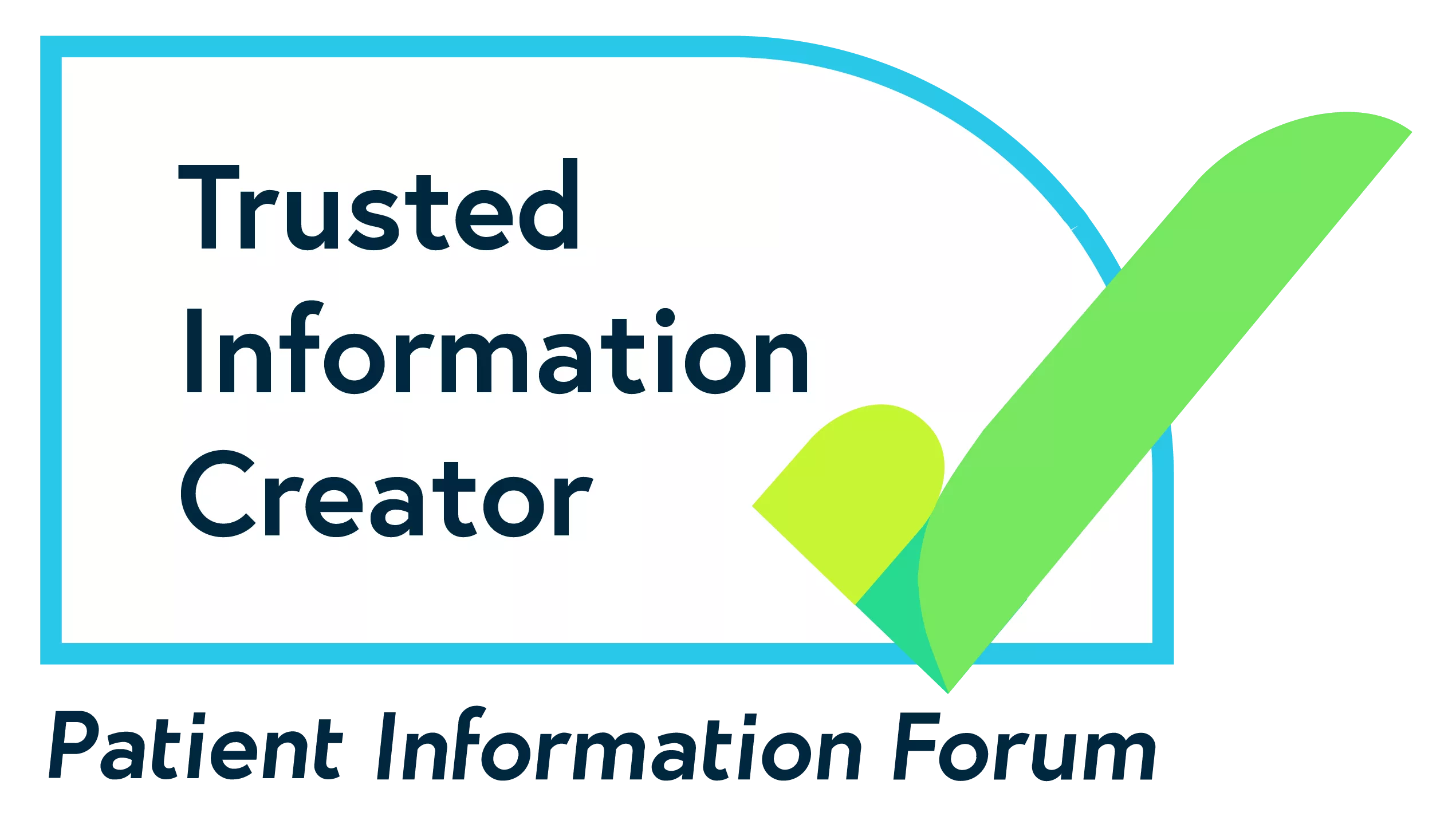Electroconvulsive therapy (ECT)
This page covers:
What is ECT?
Electroconvulsive therapy (ECT for short) is a treatment that involves sending an electric current through your brain. This causes a brief surge of electrical activity within your brain (also known as a seizure). The aim is to relieve severe symptoms of some mental health problems.
ECT is given under a general anaesthetic. This means that you’re not awake during the treatment.
What can ECT treat?
The National Institute for Health and Care Excellence (NICE) recommends that doctors only use ECT as a treatment in certain situations.
This includes treating severe depression, if:
- You have a preference for ECT based on your experience of having it in the past
- You need urgent treatment, for example if your life is at risk because you're not eating or drinking
- Other treatments haven't helped, such as medication and talking therapies
The guidelines also recommend that doctors only use ECT as a short-term treatment if you have:
- A severe or long-lasting episode of mania
- Catatonia, which is when you're frozen in one position, or making repetitive or restless movements
Repeated ECT for mania and catatonia is only recommended if you've previously responded well to the treatment. Or if all other treatment options have already been considered.
The NICE guidelines don't recommend ECT for ongoing management of schizophrenia. They also don't recommend ECT as a routine treatment for milder depression.
You can read full guidelines on the NICE website for using ECT to treat catatonia, mania or schizophrenia. And as one of the treatments for severe depression.
Does ECT work?
Some people find ECT helpful, while others don't. Research isn't clear on exactly how ECT affects the brain - including how it affects your mental health.
If you're thinking about having ECT, it's very important that you're given full information about the treatment and its possible side effects.
Can I have other treatments alongside ECT?
NICE guidelines say that you should only be offered ECT if you've tried other treatments and found them unsuccessful, unhelpful or unacceptable.
Some people find that ECT can help them start again with other treatments or forms of support. For example, medication, talking therapies or arts and creative therapies. These may help you continue to improve after having ECT.
Why is ECT controversial?
ECT is controversial for several reasons:
- Professionals disagree about whether ECT should be used. Some healthcare professionals see ECT as a helpful treatment. Others feel it shouldn't be used at all.
- It can sometimes cause memory loss. This can be short-term. But some people experience long-term memory loss.
- Some people are offered ECT without being offered other treatments first, such as talking therapies for depression. This is against NICE guidelines.
It didn't work overnight but as my course of nine progressed I could feel the huge weight of black, black fog lift from my mind.
Memory loss
Many people experience memory loss after having ECT. You might have difficulty remembering new information. For some people this only lasts for a short time.
You should have a standard test of your memory and thinking abilities as part of your assessment. This should happen before your treatment and after each treatment session.
I became unable to study or read as I simply couldn't concentrate. My ability to absorb or retain new information has decreased to almost non-existent.
Immediate side effects after treatment
You may experience other side effects immediately after treatment. These can include:
- Drowsiness (you may sleep for a while)
- Confusion
- Headache
- Feeling sick
- Aching muscles
- Loss of appetite
Rarely, some people also:
- Injure their teeth or jaw, or other muscles, but the muscle relaxant should decrease the risk of this
- Become very confused, restless or agitated between treatments
Very rarely, people may experience prolonged seizures.
There are also some risks with general anaesthetic. You can speak to your doctor or healthcare team if you have any questions about this.
How can I cope with side effects after treatment?
It might take more energy to do your everyday tasks after you've had treatment. If you can, try to accept help from others in your life. They could help you with practical things, like doing chores or picking children up from school.
Some people find it helpful to keep comforting items close by. Or finding a TV show or podcast to stream, even if it's just for background noise. If you feel sick, it might help to have some dry foods nearby that are easy to eat.
Our information about food and mental health has some tips for eating when you feel unwell.
Immediately after treatments I was drowsy but not in pain and there were occasions of feeling nauseous.
Long-term side effects
There is little evidence about the long-term effects of ECT.
Some people describe experiencing long-lasting or permanent memory loss. For example, losing personal memories or forgetting information. This can be a very distressing experience.
Some people also experience a loss of interest in things or have difficulty concentrating. Others find that they don't feel as creative or driven as they were before.
During the ECT session
- You'll lie down on a bed in the treatment room. Your jewellery, shoes and any dentures will be removed and kept safe for you.
- Once you're comfortable, you’ll be given a general anaesthetic injection.
- Once the anaesthetic has sent you to sleep, you'll be given an injection of muscle relaxant medication. This is to stop your body from convulsing during the treatment. You'll also be given oxygen through a face mask or tube. This is needed because of the muscle relaxant.
- Two padded electrodes will be placed on your temples. You may have one placed on each side of your head (known as bilateral ECT). Or you may have two placed on the same side of your head (known as unilateral ECT). Your doctors can tell you more about these two types of ECT, and why you might have one or the other.
- A mouth guard will be placed in your mouth to stop you biting your tongue.
- The ECT machine will deliver a series of brief electrical pulses. This will cause you to stiffen slightly. There may be some twitching movements in the muscles of your face, hands and feet. This is a seizure. It should last for 20 to 50 seconds.
- After the seizure, the mouth guard is removed. You'll then be turned on your side. The anaesthetist will provide oxygen until the muscle relaxant wears off. This should take a few minutes. Then you'll start breathing on your own again.
After the ECT session
After the ECT treatment is finished, you'll slowly become fully awake. But you may feel confused. You'll be taken to the ECT recovery room and looked after by a nurse. You may sleep for a while after treatment.
You'll need to recover from the general anaesthetic as well as the ECT treatment itself. You'll only be able to leave when you've fully recovered from the treatment.
Where does ECT happen?
ECT treatment sessions usually happen in a hospital clinic known as an 'ECT suite'. This should include a:
- Waiting area, which should be comfortable and relaxing
- Treatment room, with the ECT machine, equipment for monitoring you, and equipment for resuscitation in an emergency
- Recovery room
These rooms should be separate. You should be able to move between the rooms without other patients seeing you.
Will I have inpatient or outpatient ECT?
It's more common to stay in hospital while having ECT treatment. This is known as inpatient ECT. Although in some cases, you may be able to go home on the same day. This is known as outpatient ECT.
If you have outpatient ECT, another adult will need to come with you to help you after your treatment.
You can speak to your doctors about whether you'll have inpatient or outpatient ECT.
The actual treatment was disorientating and overwhelming. I was overwhelmed by how quickly it was happening.
How many ECT treatment sessions will I have?
ECT is usually given twice a week for 3 to 6 weeks. This means that you might have 6 to 12 sessions. You should be assessed after each treatment to see if another one is necessary, or not advisable.
It's important that you look after yourself between ECT sessions. Particularly if you're experiencing side effects.
I was so surprised after my first treatment that it was nowhere near as bad as I had anticipated it being.
Consenting to ECT
Deciding whether or not to have ECT can be difficult. Usually, you'll only be offered ECT if you're very unwell. So you might find it harder to take in information and make decisions.
If a doctor suggests that you have ECT, it's your right to make an informed decision about doing so. You should be given all the information you need to consent, in a way that you can understand. For example:
- The benefits of the treatment
- Any side effects and the potential risk of harm
- How the treatment will be given
- Alternative treatments that might help
- What might happen if you have no treatment
It can be hard to take in a lot of new information in one go. It's ok to ask medical staff to explain things more than once. You should be given at least 24 hours to think about your decision.
It may also help to have a friend, relative or advocate with you when you’re given the information. They can help to make sure that you understand the treatment.
What happens if I decide to consent to ECT?
If you agree to ECT, you'll have to sign a written consent form. But you should be told that you can change your mind at any stage of the treatment. If you do, the treatment will be stopped.
At each stage of the treatment, the doctor should confirm that you still consent.
Can I be given ECT without my consent?
If you're detained under the Mental Health Act 1983, ECT can normally only be given if you consent to it. Your approved clinician or a second opinion appointed doctor (SOAD) must certify that you've consented. They must also certify that you have capacity to do so.
If you're on a community treatment order (CTO), ECT can normally only be given if you consent to it. And if your approved clinician certifies that you've consented (and have capacity to do so).
You may be given ECT without your consent if you need emergency treatment. Or if you don't have capacity to consent to it.
Emergency treatment
In an emergency, The Mental Health Act 1983 sometimes allows ECT to be given without your consent. But only if the treatment is immediately necessary for any of the following reasons:
- If it will save your life.
- If it will prevent your condition seriously worsening. And it won't have unfavourable physical or psychological consequences that can't be reversed.
If you don't have capacity to consent
If you don't have capacity to give consent, treatment may be given under the Mental Health Act 1983. Or, less commonly, under the Mental Capacity Act 2005.
If you've been detained under certain sections of the Mental Health Act 1983, you may be given ECT without your consent if all the following apply:
- You're detained under the Mental Health Act 1983. Except if you're detained under sections 4, 5(2) or 5(4).
- You're unable to understand the information about ECT. This means that you can't give informed consent.
- You've not previously made an advanced decision refusing ECT treatment. Or if an attorney, deputy or the Court of Protection haven't made a decision refusing ECT treatment for you.
- A second opinion specialist who's not involved in your care consults with two professionals who have been involved with your care. One of these professionals must be a nurse. They must all agree that ECT should be given.
If you're not detained under the Mental Health Act 1983, you may still be treated without your consent under the Mental Capacity Act 2005. This can only happen if all the following apply:
- You're assessed as lacking capacity to consent under the Mental Capacity Act 2005.
- You've not previously made an advance decision refusing ECT treatment.
- It's considered to be in your best interests to receive the treatment.
Before a decision is made on whether ECT is in your best interests, various people need to be consulted, including:
- Anyone interested in your welfare. For example, a carer or close family member.
- Your attorney (if you've appointed one) and deputy (if the Court of Protection has appointed one).
If there's a disagreement over whether ECT is in your best interests, it may be necessary to apply to the Court of Protection to resolve this disagreement.
Advance decisions about ECT
If you're clear that you don't wish to receive ECT even if your life is at risk, your advance decision needs to meet special conditions. ECT shouldn't be given to you if any of the following conditions apply:
- You’ve already made a valid and applicable advance decision refusing ECT.
- Your attorney has refused ECT on your behalf under a lasting power of attorney.
- A court-appointed deputy, or a court, has refused ECT on your behalf.
Your family should also be consulted in all these cases, if appropriate.
This information was published in August 2023. We'll revise it in 2026.
References and bibliography available on request.
If you want to reproduce this content, see our permissions and licensing page.












